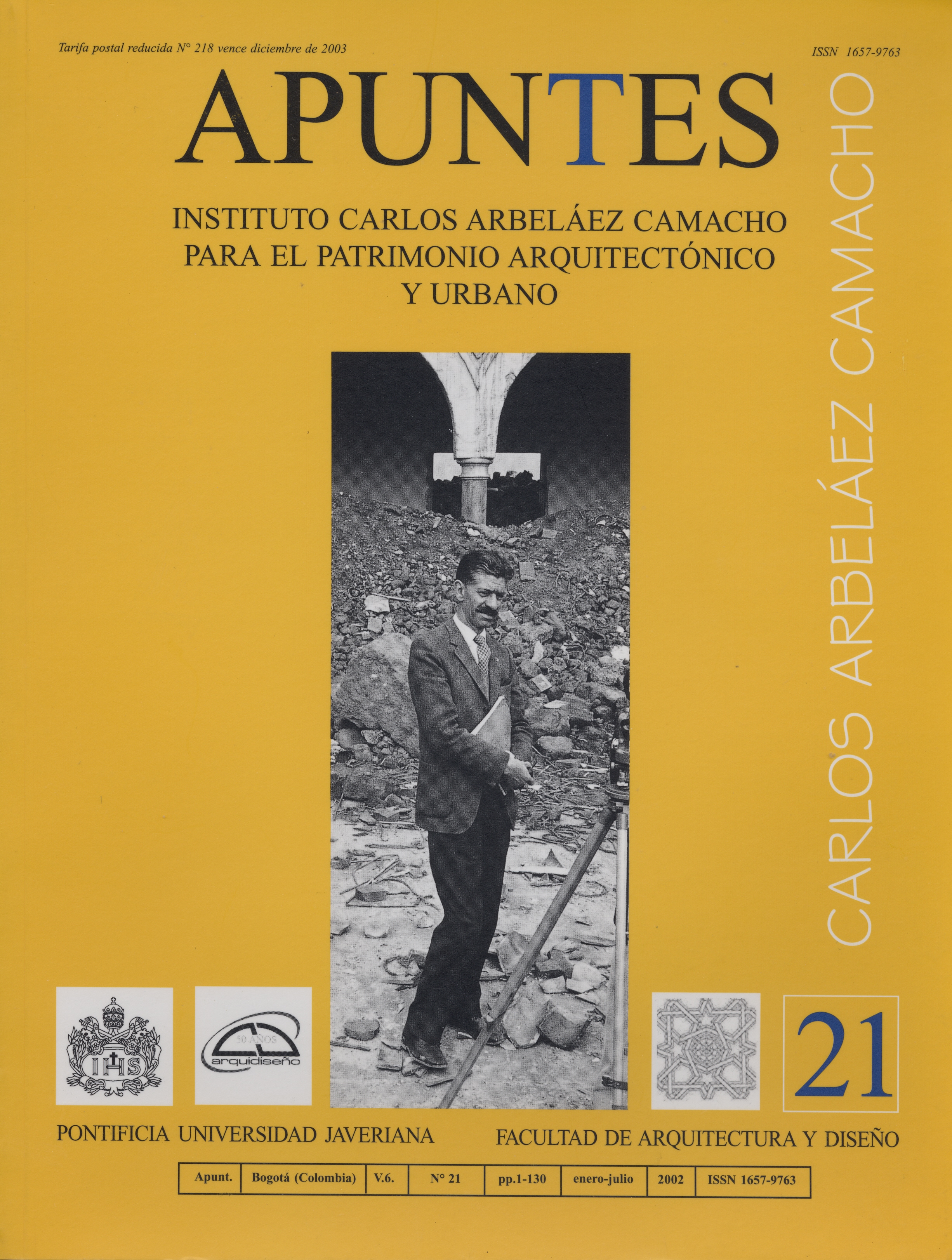Abstract
Most of the architectural heritage built in Colombian and Latin American cities is a product of a partial and fragmental materialization of preexisting images, ideas and processes or of incomplete transformations operated on zones or isolated buildings belonging to city life. This text points out the main problems derived from this particular condition in the field of valuation and intervention of buildings having enough merit to be considered as part of built heritage and their possible role within the development and consolidation of important zones in contemporary cities. Also, there is the need of reviewing critically the validity of some concepts relevant to the aforementioned theme as well as the greater part of the current terminology, both of which are generating confusion in the management and conservation of built heritage. This may actually be leading to false interpretations of heritage itself and to a loss of its true significance.Apuntes is registered under a Creative Commons Attribution 4.0 International Public License. Thus, this work may be reproduced, distributed, and publicly shared in digital format, as long as the names of the authors and Pontificia Universidad Javeriana are acknowledged. Others are allowed to quote, adapt, transform, auto-archive, republish, and create based on this material, for any purpose (even commercial ones), provided the authorship is duly acknowledged, a link to the original work is provided, and it is specified if changes have been made. Pontificia Universidad Javeriana does not hold the rights of published works and the authors are solely responsible for the contents of their works; they keep the moral, intellectual, privacy, and publicity rights.
Approving the intervention of the work (review, copy-editing, translation, layout) and the following outreach, are granted through an use license and not through an assignment of rights. This means the journal and Pontificia Universidad Javeriana cannot be held responsible for any ethical malpractice by the authors. As a consequence of the protection granted by the use license, the journal is not required to publish recantations or modify information already published, unless the errata stems from the editorial management process. Publishing contents in this journal does not generate royalties for contributors.


